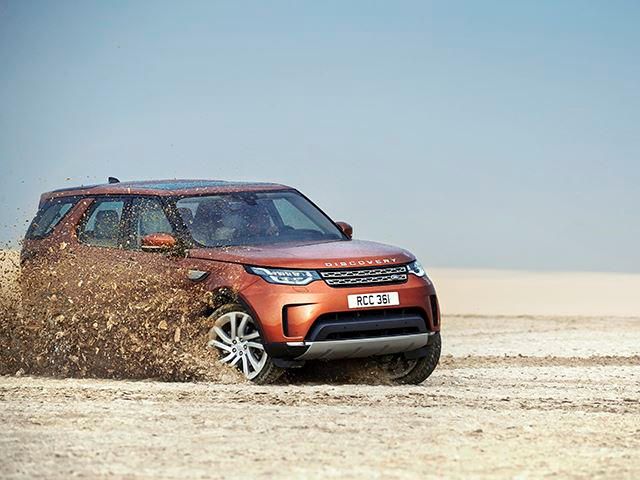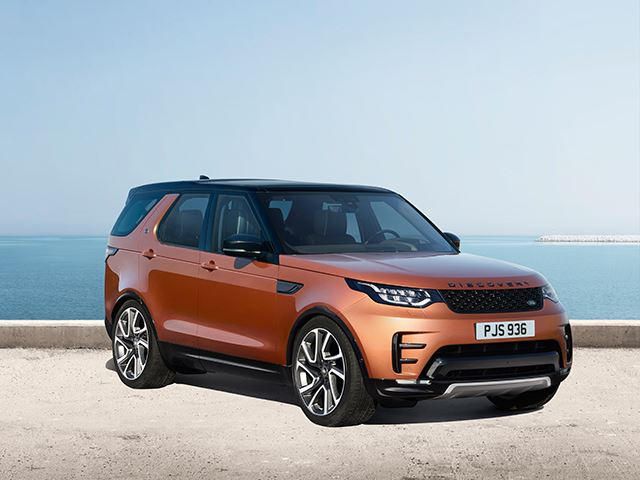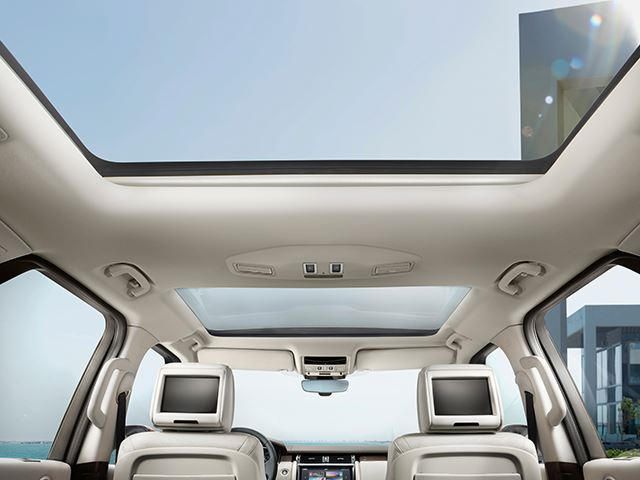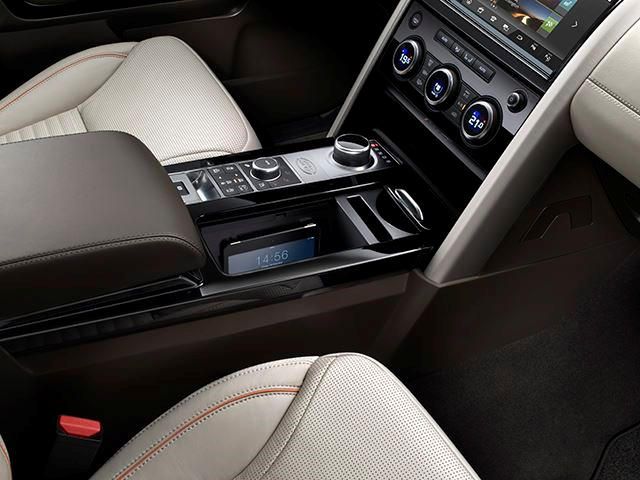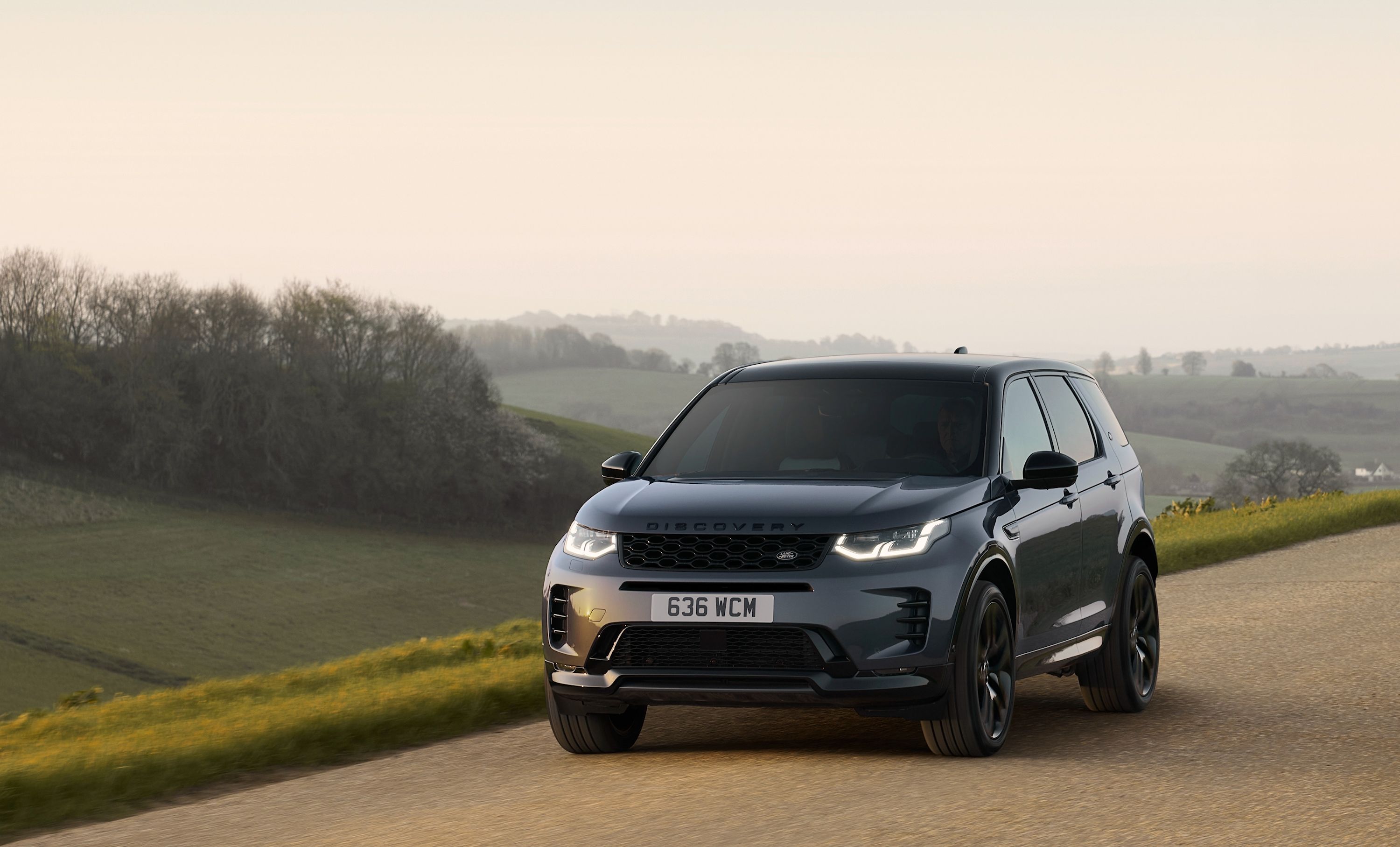
When we first got our hands on the facial image of the new Land Rover Discovery, we weren't too sure what to think. It wasn't the prettiest looking vehicle to come from Land Rover's factories, but hiding under that smushed hammerhead shark Jeep Cherokee lookalike grille is some seriously impressive technology. Luckily, Land Rover has just pulled the wraps off the SUV, and before you see it at your local dealership in the Spring of 2017, make sure you get educated on the details behind this impressive build.
Put simply, the new Discovery is Land Rover's large SUV for families, and as such, comes with more convenience features in the name of versatility than many cars in recent memory. Being the new representative for the brand's "leisure pillar," this Land Rover is a marshmallow of comfort on the inside and as tough as nails driven through a baseball bat on the outside. While we're not exactly in love with its looks, we wouldn't dare underestimate it's off road ability. By tapping into the versatility of Land Rover's aluminum-heavy D7 platform, the Discovery retains roominess inside while dropping over 1,000 pounds in a Biggest Loser worthy feat.
This makes room for seven adults, all of which will ride with mouths agape while the Discovery conquers steep terrain with the help of large entry and departure angles, cross 35.4 inches of river on its 11.1 inch tiptoes, and call upon its terrain response system to allow software and hardware to dispel any feasible barriers. For the true adventure seekers, the Discovery comes with an "Activity Key," which is a wristband that owners can wear while cycling, hiking, or wading in water while the actual key lies deactivated inside. The face of the Discovery may not be its best feature, but it does help with the SUVs aerodynamic efficiency, which gets an additional boost using active grille shutters.
Without its boxy shape, the Discovery looks smaller than the LR4 that precedes it, and even though it isn't as tall, this version is longer and wider. For now, the engine lineup is heavily skewed towards diesel with a base 2.0-liter four-cylinder, a twin-turbo version of that, and a 3.0-liter V6 oil burner. Those who prefer gasoline are treated to a 3.0-liter supercharged V6. Regardless of the option chosen, engines will come mated to an eight-speed ZF automatic gearbox with ratios spaced closely to make gear changes imperceptible. This sort of comfort-oriented thinking comes alive on the inside. Compatibility with modern tech toys is a must, especially when the Discovery's semi-autonomous features evolve into full autonomy.
Land Rover was quick to mention that there will be nine USB ports in the car, secure storage for four iPads, six 12 volt charging ports, and Wi-Fi connectivity for up to eight devices. Think that's enough? It's not even the half of it. Extras include Intelligent Seat Fold Technology that allows owners to fold down the two back rows using a smartphone, and not only are rows one through three smart, they're also heated if optioned so. Rows one and two can be heated and cooled while the massage function is saved for the front seat occupants. An adjustable height suspension can lower the Discovery by 2 inches to make passenger entry and exit a breeze and all of those settings can be adjusted on a large 10" screen.
At the rear, Land Rover decided to do away with the split tailgate due to quality issues and replace it with a top-hinged tailgate. In its place, a foldable plate can be retracted to make a handy workbench for projects or seating for game day tailgates. Land Rover is proud of all the work it did on the new Discovery. That may be why it decided it was time to replace the LR badge with the Discovery badge. Land Rover notoriously changed the model's name from Discovery to LR3 for the 2004-2009 and LR4 for 2009-2016 because of the bad reputation Discovery had earned through terrible build quality. Given how attractive a pick this Discovery is, we don't think this will be an issue this time around.

